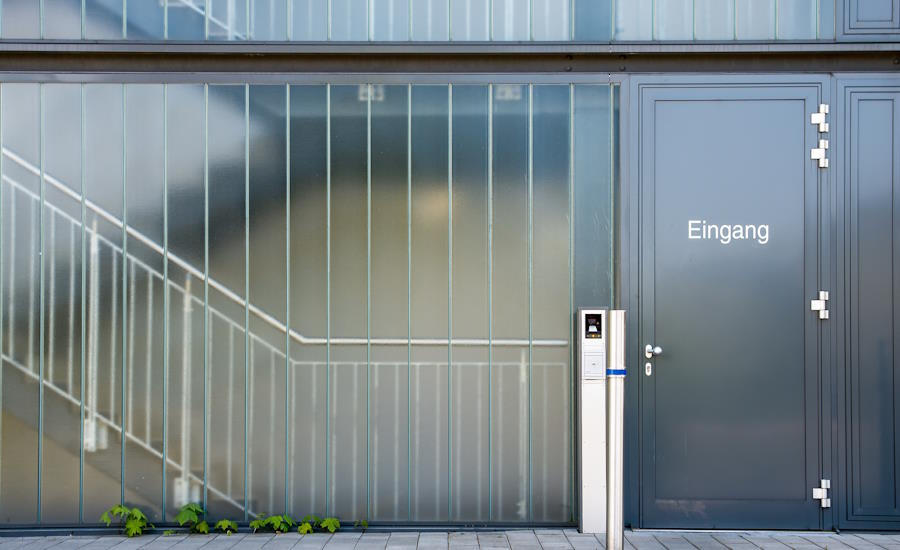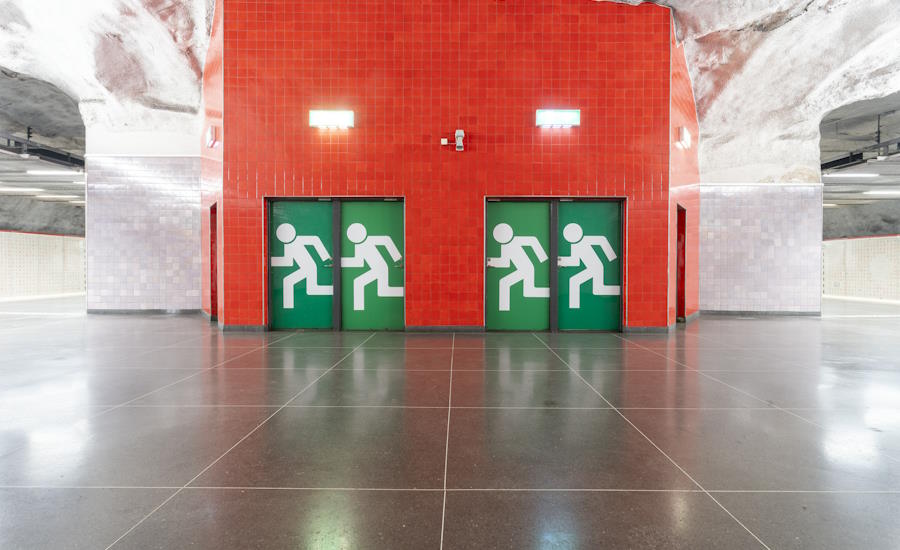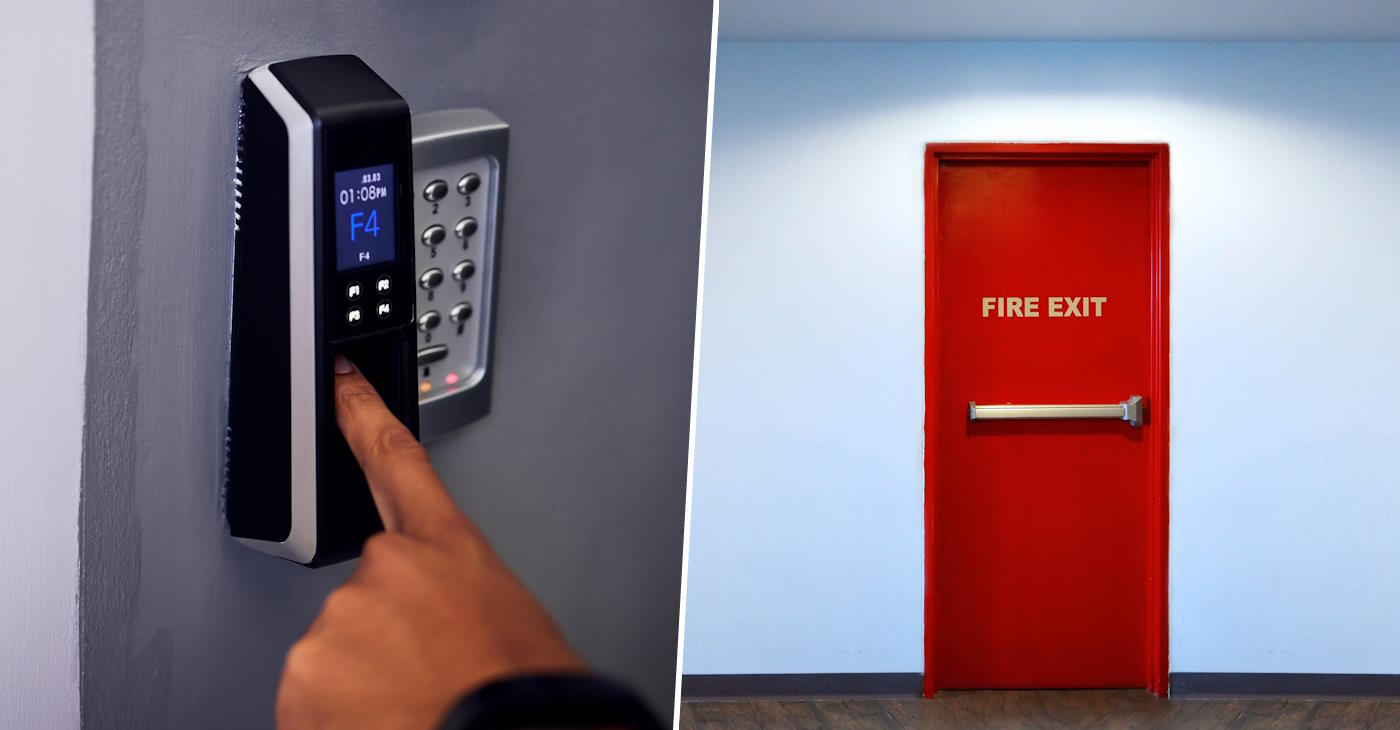When it comes to safeguarding modern buildings, several European Norm (EN) standards specifically address safety and security requirements. Among the most prominent are EN 60839-11-1, EN 50133, EN 179, EN 1125, EN 13637, EN 50131, and EN 54, all of which cover diverse aspects from electronic access control systems to emergency exit hardware and alarm configurations. In addition, EN 1627 provides guidance on burglar resistance classifications for doors and windows—often referred to as Resistance Classes (RC). These standards, together, offer a robust framework for ensuring that buildings, whether commercial or residential, meet high levels of security and safety. We’ll discuss more about EN standard and their meaning below, don’t miss out!
What is “EN” in european standards?
“EN” stands for “European Norm,” which signifies a standardized framework adopted across member countries of the European Union (EU) and the European Free Trade Association (EFTA). EN standards aim to harmonize technical specifications, performance criteria, and safety requirements, thereby facilitating trade and ensuring that products and systems achieve uniform quality and safety benchmarks throughout Europe.
Who issues the EN standards?
The primary organizations responsible for drafting and maintaining EN standards are the European Committee for Standardization (CEN), the European Committee for Electrotechnical Standardization (CENELEC), and the European Telecommunications Standards Institute (ETSI). CEN, in particular, focuses on a wide range of sectors from construction to machinery. Once an EN standard is ratified, all CEN member countries are obligated to implement it as a national standard, although the process and timeline might vary by nation.
Are these standards mandatory?
While EN standards are typically regarded as voluntary consensus documents, they often become de facto mandatory when referenced in EU directives or national legislation. For instance, many building codes in EU member states refer to specific EN standards for fire safety, structural stability, or burglar resistance. In practice, architects, builders, door manufacturers, and security system installers frequently adhere to EN standards in order to comply with local regulations and to provide assurance of quality and reliability. Compliance with EN standards can also help manufacturers demonstrate that their products meet the essential requirements set forth by relevant EU directives (e.g., the Construction Products Regulation).
Which EN standards are related to building access and security?
There is a wide array of EN standards relevant to building security and access control. Below we list some of the better-known ones:
EN 60839-11-1
Addresses electronic access control systems, detailing functional and performance requirements for security products.
EN 50133
Concerns alarm and electronic security systems, focusing on system design and integration with building security management.
EN 179
Specifies requirements for emergency exit devices (door handles or push-pads) used in panic or emergency situations.
EN 1125
Similar to EN 179 but focuses on panic exit devices operated by a horizontal bar, allowing rapid egress during emergencies.
EN 13637
Covers electronically controlled exit systems, combining mechanical and electrical locking devices for balanced security and escape routes.
ISO/IEC 14443 and ISO/IEC 7816
Though not strictly “EN” standards, these are international (ISO) standards often adopted in Europe for contactless (14443) and contact (7816) identification cards used in secure access.
EN 50131
Pertains to intruder alarm systems, outlining requirements for alarm architecture and testing protocols.
EN 54
Focuses on fire detection and fire alarm systems, including components, performance criteria, and testing procedures.

What Does EN 1627 Cover?
EN 1627 is central to discussions about burglar-resistant elements in buildings. It provides guidance on the classification of burglar resistance for doors, windows, and shutters. This includes specifying how tests should be conducted for different types of attack, what tools might be used by an intruder, and how long each element should withstand forced entry. The standard categorizes resistance into classes that are widely referred to as RC (Resistance Class) 1 through 6, each demanding progressively stricter testing procedures.
RC Classes for doors and windows: EN standard and their meaning
Within the EN standard 1627, RC classes (RC1 to RC6) describe different levels of resistance to break-in attempts, meaning the following:
– RC1: Provides basic protection against attempts by an opportunistic intruder using minimal force or simple tools.
– RC2: Commonly used in residential settings, suitable for resisting more determined burglars with a wider range of small hand tools.
– RC3: Offers more robust resistance, typically used for higher-risk residential or light commercial applications.
– RC4: Protects against experienced intruders who might use heavier tools, such as crowbars, chisels, and cordless drills.
– RC5 and RC6: The top-tier classifications, intended for facilities needing high security, including sensitive industrial and governmental buildings, where intruders might use power tools more extensively.
Though all classes are recognized, RC2 and RC3 tend to be the most common for standard residential installations due to their balanced cost and practical security benefits.

Are security doors the same for indoor and outdoor?
In general, outdoor security doors face a more aggressive environment (weather, potential forced entry, and attempts with power tools). Consequently, they require additional features such as robust weatherproofing and corrosion resistance. Indoor security doors, by contrast, might be optimized for resistance to unauthorized access within a controlled environment (e.g., restricted sections of a building). Both door types can comply with EN standards, but the specific materials, seals, and structural design can differ to address particular threats or environmental conditions.
Security doors for both burglar resistance and fire protection
Many specialized security doors offer burglary resistance and fire resistance in the same product, thus acting as a fire door as well. Doors that combine EN 1627 compliance with separate fire-rating standards (e.g., those referencing EN 1634 for fire resistance) can protect against both forced entry and the spread of flames and smoke. Buyers or specifiers need to check manufacturer documentation to ensure the product meets both sets of requirements.

Where are safety doors used?
Security doors compliant with EN standards are deployed in a vast range of settings: residential complexes, banks, high-risk industrial facilities, government offices, and any location where the contents or occupants demand heightened protection. Given that EN standards have cross-border validity, these doors can often be found across multiple European countries, ensuring consistent security levels and simpler verification processes.
How burglar resistant doors are constructed
The construction typically involves a steel or reinforced timber core, multiple locking points, and sturdy hinges capable of withstanding sustained attack. Doors intended for higher RC classes might incorporate materials resistant to drilling and cutting, such as manganese steel plates or composite layers. The frame and hardware (locks, hinges, and seals) must also meet the relevant standards for the door to be certified under EN 1627 or the appropriate national implementing standard.
The cost of a strong steel door
Prices can vary significantly depending on the RC class, materials used, brand reputation, and additional features (e.g., fire rating, electronic access systems, or specialized finishes). A basic RC2 residential door might start at a moderate cost, whereas a more advanced door rated RC4 or higher, complete with electronic locking and premium finishes, can be significantly more expensive. Buyers must balance security needs with budget constraints and consider the total cost of ownership, including maintenance and potential insurance premium reductions.
Difference between ISO and EN standards?
The International Organization for Standardization (ISO) develops standards that apply globally. In contrast, EN standards are primarily tailored for adoption throughout Europe. Sometimes an EN standard can be based on an ISO standard or vice versa, leading to EN ISO documents. Although both aim to ensure quality and safety, ISO tends to operate on a worldwide scale, while EN focuses on the European market and may integrate specific EU directives or regional concerns.
What Is a BS Standard Compared to an EN Standard?
British Standards (BS) originate from the British Standards Institution (BSI). Traditionally, BS standards were widely used in the United Kingdom. However, following the UK’s participation in European standardization, many BS standards have been harmonized with or replaced by EN standards. This means that the UK often adopts EN standards as BS EN (e.g., BS EN 1627), merging the British nomenclature with the European framework. Consequently, BS standards are either aligned with EN or maintained independently if no suitable EN standard exists.
Trivia: When were EN Standard invented and what came before?
Efforts to create European standards began in earnest in the 1960s and 1970s, driven by the desire to harmonize trade and technical specifications across Europe. Before EN standards took hold, each European country typically had its own national standards body and framework, such as DIN in Germany, NF in France, and BS in the UK. The establishment of CEN in 1961 marked the start of a systematic approach to unify these separate standards. Over time, EN standards gained official recognition through EU directives and national legislation, slowly replacing or superseding older, purely national standards.
The modern concept of reinforced doors
Although reinforced doors have existed for centuries in some form, the modern concept of standardized “security doors” gained traction over the late 20th century, spurred by growing urbanization and rising concerns about burglary and vandalism. As EN standards were developed and widely adopted, the installation of doors meeting resistance classifications (RC1–RC6) became more prevalent. Today, compliant security doors are frequently mandated or strongly recommended in new constructions, major renovations, and high-security facilities across Europe.
We summarize – the meaning of EN standard
By aligning building components with EN standards, stakeholders can be assured of consistent quality, tested performance, and compatibility with broader regulatory frameworks. While a EN standard of this category do not eliminate every possible risk, they significantly reduce vulnerabilities, meaning that doors, windows, and access systems are robust enough to withstand typical threats. For building owners, facility managers, and anyone looking to maintain a secure environment, familiarity with these standards is essential for making informed decisions and investing in long-lasting, reliable protection.

